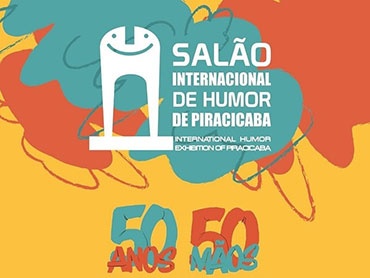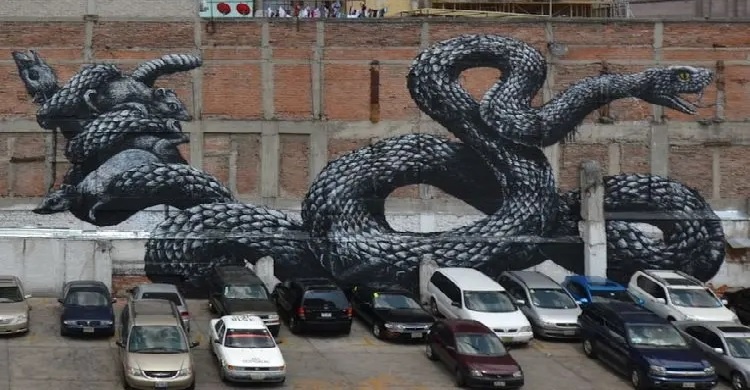
Street Art Chilango, the initiative that changed Mexican urban art
This revolutionary proposal maps works, connects them to the digital world, and makes them accessible to everyone, bringing the talent of urban artists to a global stage.
In the metropolis that never sleeps, where tradition and modernity are on every corner, urban art is a symbol of resistance, expression, and connection. Mexico City is witnessing a spectacular transformation on its streets. Urban art, from clandestine murals to official interventions, has found its own voice. The Street Art Chilango project is an innovative initiative that transforms street art into a collective experience. Since its founding, it has had a profound impact on appreciation and dissemination, linking public space with cyberspace in a unique way.
The seed of a movement
The concept of Street Art Chilango began on March 6, 2013, when Jenaro de Rosenzweig and Alejandro Revilla decided to create a Facebook page dedicated to showcasing urban art from Mexico City. At that moment, they expressed their perspective on the limitations of Mexican street art and realized they were facing a completely unknown world, full of creativity and popular expression.
It began as a simple fan page dedicated to uploading photos of murals and graffiti. It quickly grew into a much more ambitious platform. Jenaro and Alejandro created a website with an integrated API, a system that allowed them to geolocate all the urban art works documented by Instagram users. By joining the initiative, they used the hashtag #streetartchilango. Citizens and artists contributed to mapping the city's visual richness, making works that might otherwise have remained hidden to many accessible.
Recognition and Expansion
Street Art Chilango's success was immediate, and in a short time, the project went from being a social media phenomenon to a tourism initiative. In 2015, the Mexico City Mixed Promotion Tourism Fund recognized its impact, awarding it an prize for its contribution to promoting the capital. This helped consolidate its image as a centerpiece of Mexico City's urban culture, attracting tourists from all over the world eager to discover the city's best-kept secrets.
In 2018, the Mexico City Tourism Secretariat included it on its list of the 100 most relevant promotional projects. In this way, Street Art Chilango consolidated its position as an essential player in the city's cultural scene, positioning itself as one of the leading urban art initiatives.
The tour experience
Street Art Chilango is recognized for its ability to transform a simple walk through the streets of Mexico City into a sensorial experience. The initiative invites visitors to discover murals and graffiti through an in-depth look at the stories of the artists who created them. The guides who lead the tours provide a detailed look at each work, revealing the artists' secrets, the techniques used, the messages hidden behind each brushstroke, and the evolution of urban art in the city.
The tour spans iconic areas such as Roma, Condesa, and the Historic Center, where tourists are immersed in the diverse colors and styles that reflect both the social reality and the artists' dreams. The geolocation of the works, available on the Street Art Chilango website, allows any visitor to create their own tour, but the guided experience is uniquely valuable.

Through the hashtag #streetartchilango, more than 100,000 people shared their own photos and discoveries, creating a global network that amplifies the visibility of the works. With this model of collective participation, they democratized art. The arrival of smartphones dissolved the physical boundaries of murals, and what was once a local piece of art can now be appreciated by thousands of people around the world. This radical change renewed muralism, with a new wave of creativity that nourished Mexican tradition.
The Street Art Chilango initiative continues to grow, promoting accessible art, cultural education, and the preservation of urban heritage. As new artists emerge, the project cultivates a shared vision, with the belief that urban art is, and always will be, a reflection of our society.
Source
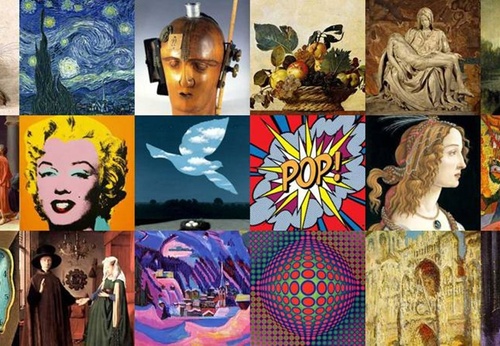
- January 05, 2026
The Importance of Art in Society
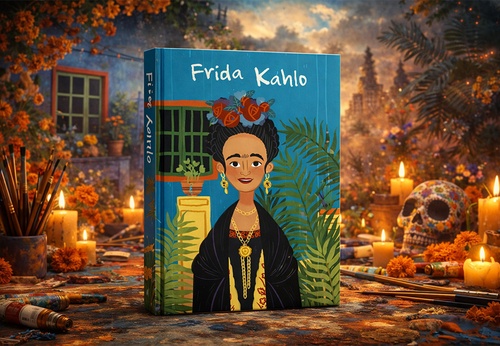
- January 05, 2026
Frida Kahlo
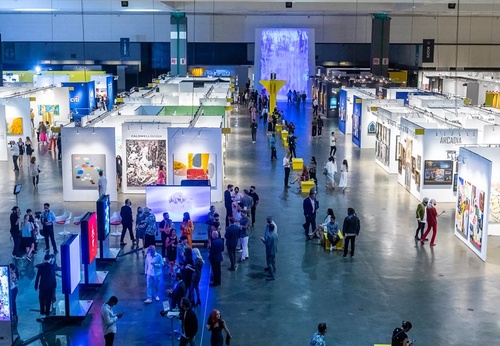
- January 05, 2026
The Latin American Pavilion Marks a Milestone at the LA Art Show
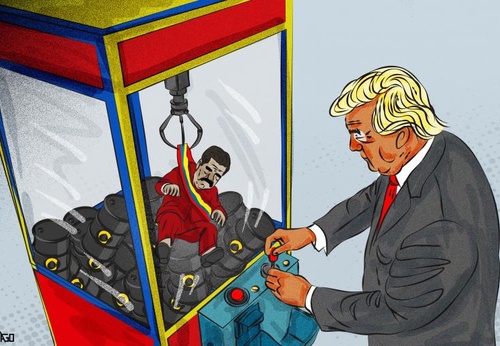
- January 05, 2026
Trump captures Maduro
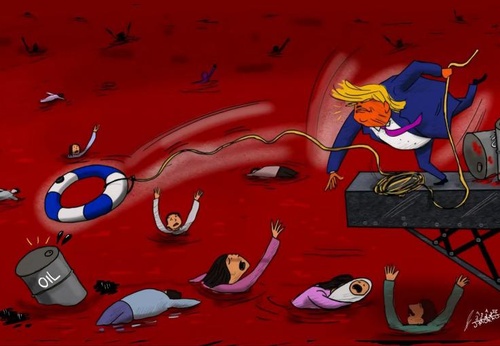
- January 05, 2026
Priorities Trump's priorities.
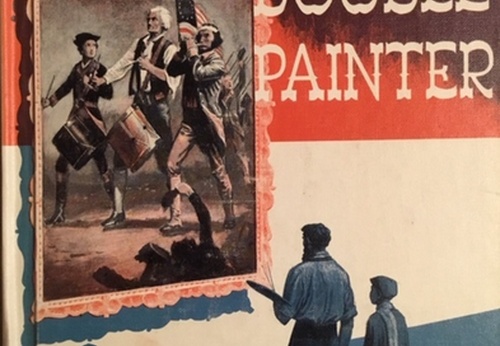
- January 05, 2026
Yankee Doodle Painter by Anne Colver
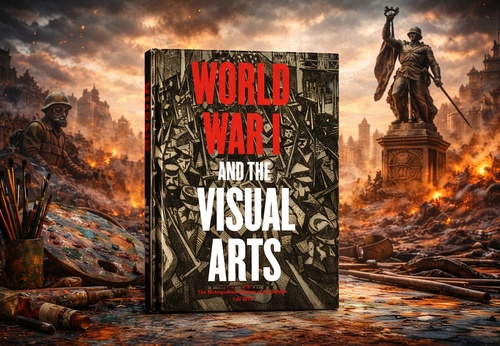
- January 04, 2026
World War I and the Visual Arts
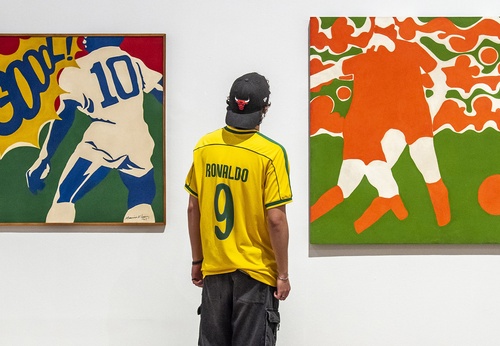
- January 04, 2026
Graphic Art: Much More Than an Image, a Brazilian Visual Language
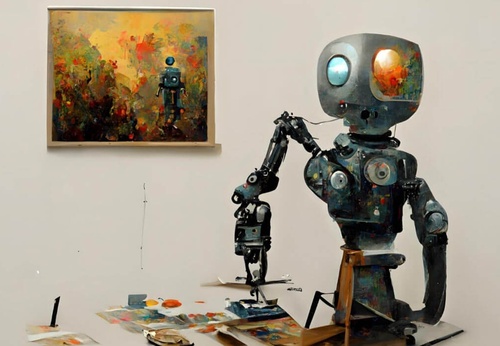
- January 04, 2026
The Future of NFTs and AI-Generated Art

- January 05, 2026
The Importance of Art in Society

- January 04, 2026
Graphic Art: Much More Than an Image, a…

- January 04, 2026
The Future of NFTs and AI-Generated Art

- January 01, 2026
Human Creativity vs. Algorithmic Creati…

- January 01, 2026
The Role of AI in the Preservation of C…

- December 31, 2025
Smart Museums: Artistic Experiences wit…

- December 31, 2025
Ethical Challenges of Machine-Created A…

- December 30, 2025
Generative Art: From Code to Gallery

- December 30, 2025
How Artificial Intelligence Is Redefini…

- December 29, 2025
Artificial Intelligence and the Reconfi…

- December 29, 2025
The Artificial Intelligence Revolution …

- December 28, 2025
The Difference Between Contemporary Art…

- December 28, 2025
The Impact of Contemporary Art on Today…

- December 28, 2025
Contemporary Art and its Multiple Langu…

- December 27, 2025
Graffiti: Urban Voices That Tell Stories

- December 27, 2025
The Art of Graffiti: Expression, Identi…

- December 24, 2025
Art as Human Expression and Universal L…

- December 24, 2025
Art in the Street: When the City Become…

- December 23, 2025
Urban Art in Latin America

- December 23, 2025
Folk Art in Indigenous Communities of L…

- August 29, 2023
The history of Bolivian art

- February 19, 2024
Analysis and meaning of Van Gogh's Star…

- January 28, 2024
Culture and Art in Argentina

- September 25, 2023
What is the importance of art in human …

- September 23, 2023
What is paint?

- August 23, 2023
The 11 types of art and their meanings

- August 10, 2023
14 questions and answers about the art …

- September 23, 2023
Painting characteristics

- August 30, 2023
First artistic manifestations

- January 12, 2024
10 most beautiful statues and sculpture…

- September 23, 2023
History of painting

- March 26, 2024
The importance of technology in art1

- July 13, 2024
The impact of artificial intelligence o…

- March 26, 2024
Cultural identity and its impact on art…

- April 07, 2024
Graffiti in Latin American culture

- August 16, 2023
The 15 greatest painters in art history

- April 06, 2024
History of visual arts in Ecuador

- April 02, 2024
History visual arts in Brazil

- October 18, 2023
History of sculpture

- August 24, 2023
The most famous image of Ernesto "Che" …

- February 19, 2024
Analysis and meaning of Van Gogh's Star…

- August 13, 2023
9 Latino painters and their great contr…

- August 23, 2023
The 11 types of art and their meanings

- August 10, 2023
14 questions and answers about the art …

- August 27, 2023
15 main works of Van Gogh

- August 29, 2023
The history of Bolivian art

- January 28, 2024
Culture and Art in Argentina

- November 06, 2023
5 Latin American artists and their works

- September 23, 2023
Painting characteristics

- September 23, 2023
What is paint?

- September 25, 2023
What is the importance of art in human …

- March 26, 2024
Cultural identity and its impact on art…

- August 30, 2023
First artistic manifestations

- December 18, 2023
10 iconic works by Oscar Niemeyer, geni…

- January 20, 2024
What is the relationship between art an…

- January 12, 2024
10 most beautiful statues and sculpture…

- August 24, 2023
The most famous image of Ernesto "Che" …

- October 30, 2023
Characteristics of Contemporary Art

- May 26, 2024
Técnicas de artes visuais

- August 22, 2023

